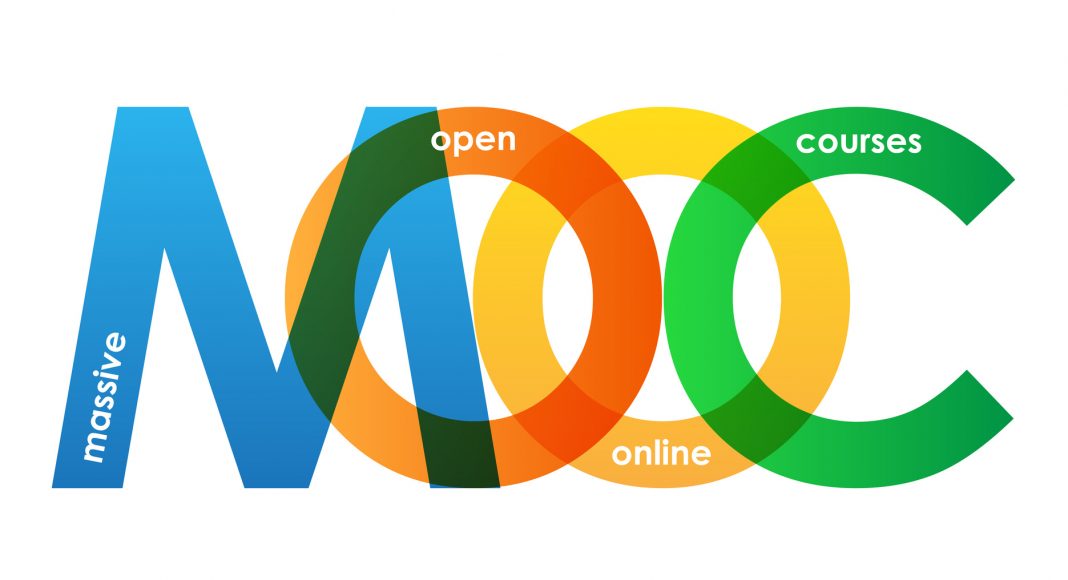
Federal grants and scholarships are available to nursing students who want to pursue a career. These funds can be used in both graduate-level and undergraduate nursing programs. There are also many grants and scholarships available for male nurses students. We will be discussing nurse scholarships and grants for American Indian or other ethnic students in the following article.
Scholarships
For students who are interested in pursuing a career as nurses, there are scholarships available. These awards range from $500 to $1000, and they are directly deposited into the recipient's college account. You must be at least 2.5 GPA. These awards are normally given to first year nursing students. The application process for these awards is simple and quick. Deadline: December 31.
Minority students can also apply for scholarships. AAPINA members must be enrolled at a college or university in a nursing program. Students must be American/Alaska Native or Asian/Pacific Islander, Hispanic, or Hispanic. Scholarship amounts can range from $1,000 to $2,000, depending on the amount of merit.
Grants
Nurse grants are available to assist with the costs associated with attending nursing school. The amount awarded varies based on the applicant's financial need and the program's guidelines. The award usually covers the entire cost of tuition plus a monthly living expense stipend. To apply, you must submit a completed online application, along with a personal statement and essay. In addition, you must be a student in financial need and be accepted to a nursing program.

Federal and state governments offer nurse grants. In some states, students can get grants to supplement their need-based scholarship. Massachusetts students may be eligible to receive state grants of up $2,500. Native Hawaiian students may also be eligible for nursing grants provided by the Department of Health and Human Services. Nurse grants are offered to students in different locations and can be customized to fit their needs.
Scholarships for male nurses
Scholarships for male nurses offer financial assistance to men interested in a career as nurses. These programs are meant to encourage men of all ages to enter nursing. Numerous donors see the benefit in supporting more male nurses. Many organizations offer scholarships for male nurse, including the American Association of Male Nurses.
Scholarships for male nurses may be able to help them get into nursing, even though they have less opportunities. Many nursing professions pay their workers on an hourly rate, which means that men may earn less than their female counterparts. The nurses' pay scale should be appropriate for their education, experience, and skill levels. In order to change this, many organizations encourage more men to enter the field of nursing.
Scholarships to American Indians or students from other ethnicities
If you are a member of the American Indian or other ethnic minority community, there are numerous opportunities for you to obtain scholarships. Scholarships for American Indians, or any other ethnic minorities, can be very helpful in helping you to pay for college. Gathering all the information necessary to apply for a scholarship is the first step. This information includes transcripts, tribal identification cards, financial information, and volunteer experience. If you are in high school, start preparing for the application process as early as possible.
One of the largest scholarships for American Indian or other ethnic minority students is provided by Wells Fargo. This scholarship is available to full-time degree-seeking students from accredited colleges in the U.S. or Alaska. Eligible applicants must be members of a federally recognized tribe.

Scholarships for nephrology nurses
You might be wondering how you can get funding as a nurse in nephrology. A few scholarships are available to help you continue your education. The American Nephrology Nurses Association (ANNA) is one such organization. This group works to advance nephrology nursing by supporting research and education, and improving the quality of care for patients. It also provides members with a forum for networking and sharing knowledge. There are over 9,000 ANNA members currently, ranging in age from researchers to practitioners to nurses.
The ANNA offers grants and scholarships to members who are involved nephrology nurse. Scholarships are awarded annually to members who show potential for advancement in nephrology nursing. The criteria for eligibility are to be a full member, have been involved in nephrology services for at minimum two years, be enrolled into a baccalaureate programme, and show an aptitude for this field.
FAQ
What is the difference between college or school?
Schools are typically divided into classes or grades with a teacher who teaches students. Colleges are larger institutions that offer more specialized programs and include many university-level courses. While schools are more focused on fundamental subjects, colleges might offer a range of subjects such as arts, science and languages. The curriculum at both levels is intended to prepare students to study at higher levels.
How long should you spend on college preparation?
The amount of time you dedicate to your studies will affect how much time you spend preparing for college. You should begin college preparation courses if you intend to go to college right away after high school. On the other hand, if you plan to take several years off before attending college, you probably don't need to begin planning until later.
You should discuss your plans with your parents and teachers. They might suggest specific courses. Track the grades and courses you've taken. This will help you know what you need to do next year.
To become an early-childhood educator, do you need to go to college?
No, but you might want to consider going to college to prepare yourself for a future career in the field.
It's important to note that becoming a teacher isn't easy. Every year, many people are rejected. Many people also leave college after only one semester.
A teacher must meet all requirements.
What does it entail to be a teacher in early education?
Special training is required for teachers in early childhood education. Most states require teachers to be certified by their state boards before they can work in public schools.
Some states require teachers to pass tests on subjects like math and reading.
Some states require that teachers complete a specific amount of coursework in early childhood education.
Many states have minimum requirements for teachers. These requirements can vary from one state to the next.
Statistics
- And, within ten years of graduation, 44.1 percent of 1993 humanities graduates had written to public officials, compared to 30.1 percent of STEM majors. (bostonreview.net)
- They are also 25% more likely to graduate from high school and have higher math and reading scores, with fewer behavioral problems,” according to research at the University of Tennessee. (habitatbroward.org)
- Among STEM majors, that number is 83.5 percent. (bostonreview.net)
- “Children of homeowners are 116% more likely to graduate from college than children of renters of the same age, race, and income. (habitatbroward.org)
- Globally, in 2008, around 89% of children aged six to twelve were enrolled in primary education, and this proportion was rising. (en.wikipedia.org)
External Links
How To
what is vocational education?
Vocational Education is an educational system that prepares students for employment after high school or college by providing them training in specific skills needed for a particular job (such as welding). It includes training on the job in apprenticeship programs. Vocational education is distinct from general education as it focuses more on training individuals for specific jobs than on learning broad knowledge that can be used in the future. Vocational training is not designed to prepare individuals for university but rather to assist them in finding jobs upon graduation.
Vocational education can be offered at any level of schooling: primary, secondary, college, university, technical institutes and trade schools. There are many schools that specialize in specific subjects, such as nursing schools (law schools), medical schools, dental school, veterinary medicine and firefighting schools. Many of these schools offer both academic instruction and practical experiences.
Over recent decades, there have been significant investments made in vocational education by many countries, including Australia, Denmark (Finland), Germany, Ireland and Japan. It is still controversial whether vocational education is effective. Some critics say it does not improve students' employability. Other argue that it prepares them well for life beyond school.
According to the U.S. Bureau of Labor Statistics 47% of American adults have a postsecondary certificate. This percentage is higher among those with higher education. 71% percent of the 25-29 year olds with a bachelor's degree are currently working in fields that require postsecondary credentials.
The BLS reported in 2012 that almost half of all adults had some type of postsecondary credential. About one-third of Americans held a two-year associate degree, while about 10 percent held a four-year bachelor's degree. One out of five Americans held a master's degree or doctorate.
For those with a bachelor’s degree, the median annual income was $50,000. This is compared to $23,800 if you don't have one. For those with advanced degrees, the median wage was $81,300.
For those who did no high school, the median salary was only $15,000. The median annual income for those with less than a high-school diploma was $13,000